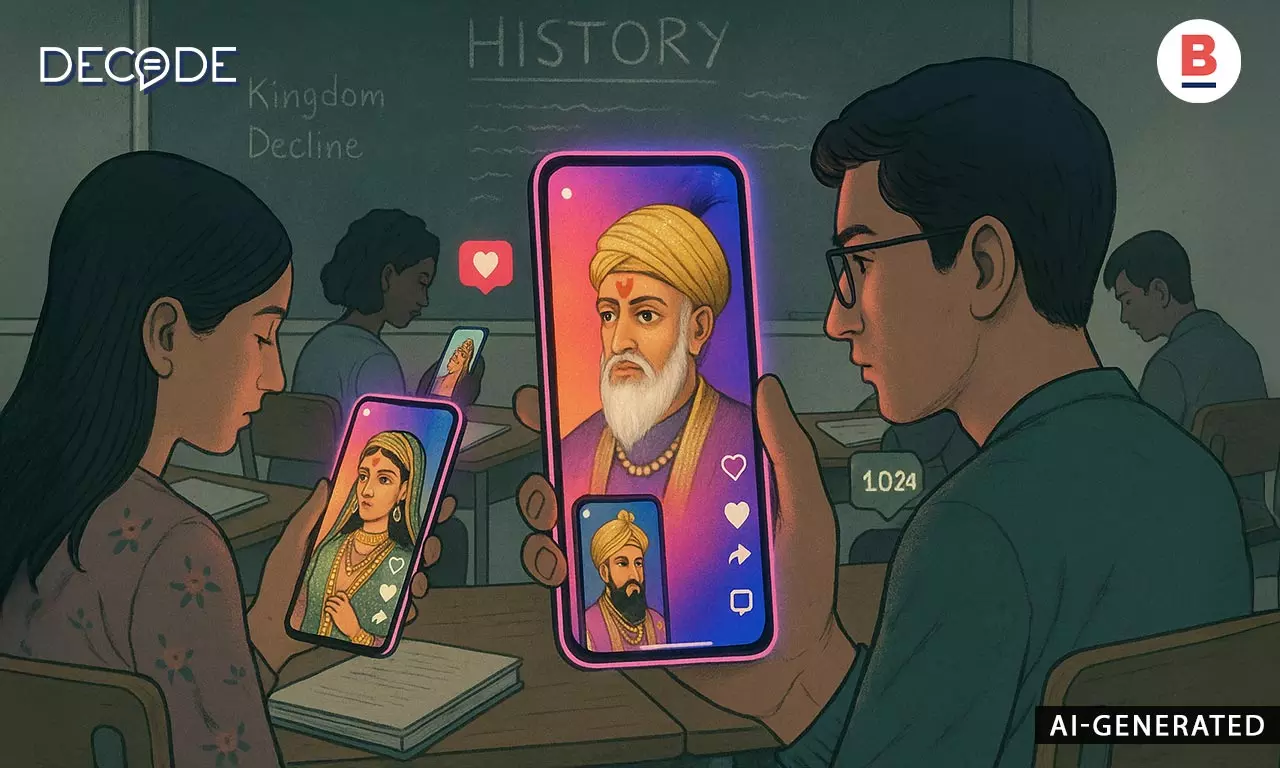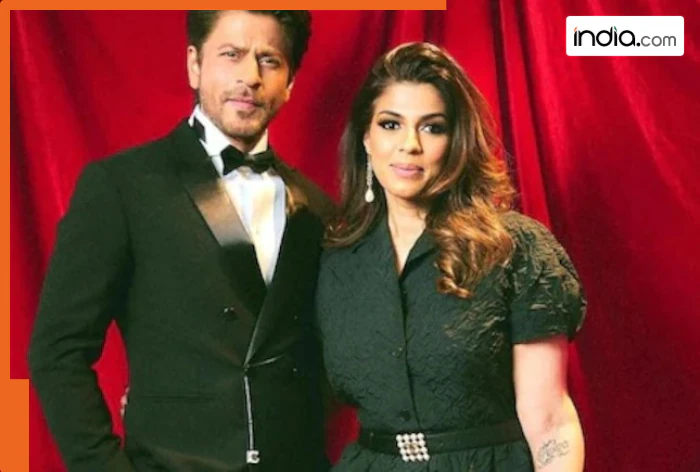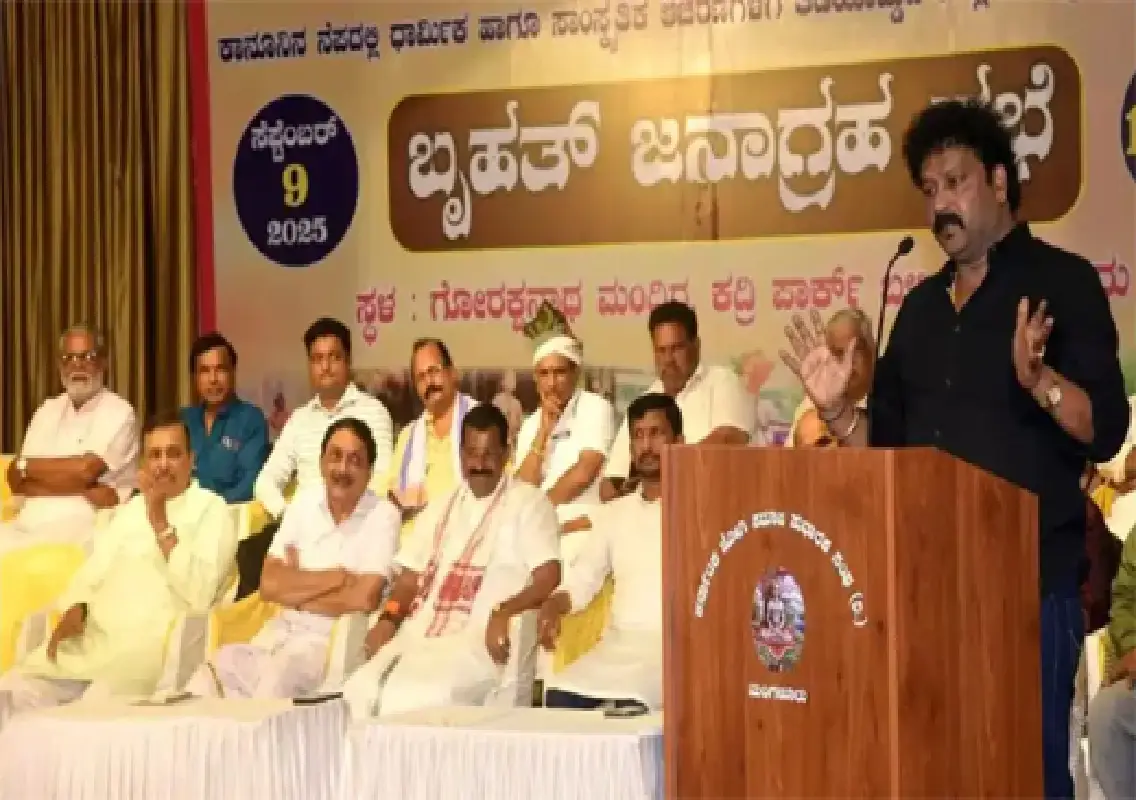By Sumaiya Ali
Copyright boomlive

In an Instagram reel, Jahan Ara, daughter of Mughal emperor Shah Jahan, is lying next to her father on a bed strewn with rose petals. The scene hints at an incestuous relationship that no historical record supports. The disturbing clip, entirely generated by artificial intelligence, was uploaded by the account History Labs, which has more than 64,000 subscribers on YouTube and is monetised on the platform.India’s history has increasingly become a site of conflict, shaped by the current political climate. Textbook revisions that critics argue marginalise the Mughal past, recurring disputes over Mughal monuments and mosque sites, and films that promote skewed narratives instead of real histories all reflect this tension. In such a climate, AI creators are turning rumours, fantasies, and fabrications into political framings and old prejudices—presented as bite-sized history. For millions who encounter these AI-generated videos in a casual scroll, they appear less like fiction and more like historical evidence.The New History ClassroomsOver the past year, dozens of AI-powered history channels — HistoryvideoAI, KathaAI, History Labs — have sprouted across Instagram and YouTube. Together, they command hundreds of thousands of followers, particularly among young audiences and especially among the UPSC aspirants. Hashtags like #UPSC and #historyshorts appear frequently under the reels.Not all the videos are false. Some recreate battles or monuments with reasonable accuracy. But Decode’s review of these videos revealed a troubling trend: the most viral clips often rely on rumor, innuendo, or outright fabrication — presented with lifelike AI avatars that look authoritative.One popular video on Instagram shows Shah Jahan gloating that he will soon chop off the hands of his labourers so they cannot build another monument like it. Meanwhile, the AI labourers say that the “king has called them to give a gift”. “This is a rumour, and has no historic evidence,” says Shireen Moosvi, a historian who specialises in Mughal history. Moosvi, who is a retired professor at Aligarh Muslim University, and has written extensively on the Mughal period, said, “If you look at primary texts like Shah Jahan Nama, there is nothing to suggest this ever happened.”On the claim of Shah Jahan’s relationship with his daughter, Saifuddin Ahmad, professor of history at Delhi University, said such claims originated from European travelers like Bernier and Tavernier. “These accusations represent less an authentic insight into Mughal court life and more a projection of European fantasies and suspicions,” Ahmad said. “These were men who never entered the zenana (women’s quarters), yet wrote with the confidence of eyewitnesses.” No Mughal chronicler, he pointed out, ever hinted at an incestuous relationship between Shah Jahan and Jahan Ara.Then there’s Razia Sultan, the Delhi Sultanate’s only woman ruler. Multiple AI clips portray her as a queen who promoted her former slave, Yaqut, to an aristocrat. Her romance with him leads to her downfall, according to the AI-generated videos. Ahmad called it a complete distortion. “Razia’s promotion of Yaqut was a political move to unsettle the Turkish nobility. Turning it into a love affair is a way of reducing a powerful woman to the men around her.” He said that the accusation appears much later in Ibn Battuta’s account, commenting on how their relationship was wrongly portrayed by writers and filmmakers.Across these examples, the formula is clear: rumours and misogynistic tropes dressed up as animated fact.The CreatorsShikhar Srivastava, a 25-year-old software engineer from Delhi, is the founder of HistoryvideoAI. He started making AI videos in June this year, using tools like Adobe Premiere Pro and Kling to churn out slick, voiceover-led shorts. In just three months, the account gathered nearly 700K followers on Instagram and 240K subscribers on YouTube. “I saw that most AI history videos were just for entertainment,” he said, “I thought, what if I add a learning curve?” he asked himself before creating the YouTube channel. But Srivastava’s research process is thin. “Mostly Wikipedia,” he admitted, occasionally supplemented with the history textbook Spectrum, popular among students preparing for civil services examinations. One of his earliest videos showed a Qutub Minar labourer complaining he hadn’t been paid. After it was flagged, Srivastava archived it.When asked why his videos carry no disclaimers, he shrugged, “Instagram itself is for entertainment. No one will casually scroll and learn from Instagram.” Yet many of his reels carry the #UPSC tag, and the comments are filled with aspirants thanking him for “useful” lessons.“I use the UPSC hashtag just to interact with students,” he insisted. Srivastava said that the responsibility lies with Instagram to eliminate misinformation from the platform. “Platforms should moderate. Creators can’t police everything,” he said. On his part, as his defense, he said …



